In the world of automotive design, Gordon Murray has a resume like no other. Murray designed, built and raced his first car in 1964 as an 18 year old engineering student in South Africa. He decided to pursue a career in automotive design, went to the U.K. and soon had a job at Brabham Formula One. He was 19 years of age.
In 18 years at Brabham he designed F1 cars that won 22 World Championship races working closely with drivers such as triple world champions Sir Jack Brabham, Niki Lauda and Nelson Piquet and twice-winner Graham Hill.
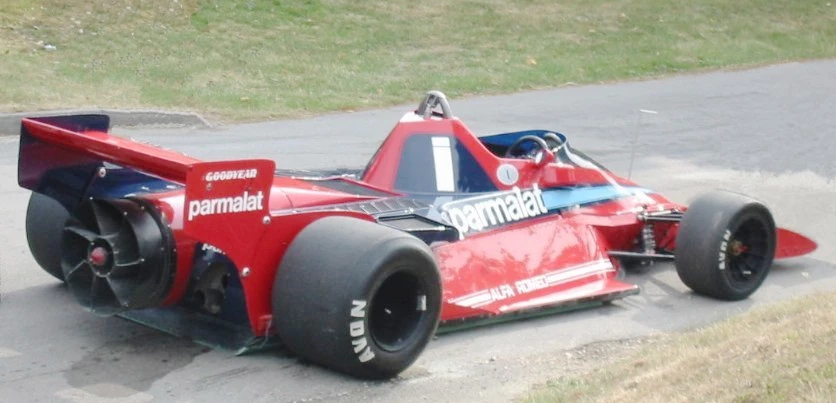
He proved he could succesfully think and implement technologies well outside the square in numerous design projects, his best known being the Brabham "Fan Car", which essentially used a fan to "suck" the car onto the road. It raced once and won in the hands of Niki Lauda and was gracefully withdrawn by Murray's then boss, Bernie Ecclestone.

When Murray moved to McLaren, his cars won four consecutive World Constructors Championships from 1988 through 1991 with drivers titles for Ayrton Senna in 1988, 1990 and 1991 and four-time-world champ Alain Prost in 1989. In an industry where very clever people congregate, few people have been part of the success of so many multiple world champions.
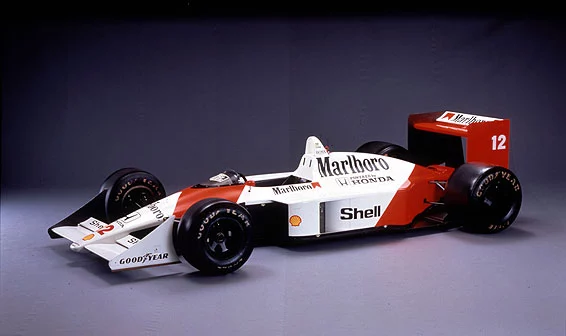
In 1988, Murray's McLaren MP4/4 became the most successful race car in history. Piloted by the extraordinarily talented driver pairing of Prost and Senna, the car had 16 starts for 15 wins - it was leading the remaining race when Ayrton Senna ran into a backmarker. In motor racing, there's no such thing as a perfect season, but McLaren went very close that year with its powerful Honda engines and Murray's ability to design cars which go around corners as fast or faster than all comers.
Throughout his career, Murray's designs regularly created a competitive advantage over the best in the world and did so against the vast knowledge and competitiveness of the modern era where all of the relevant technologies and sciences are broadly understood.
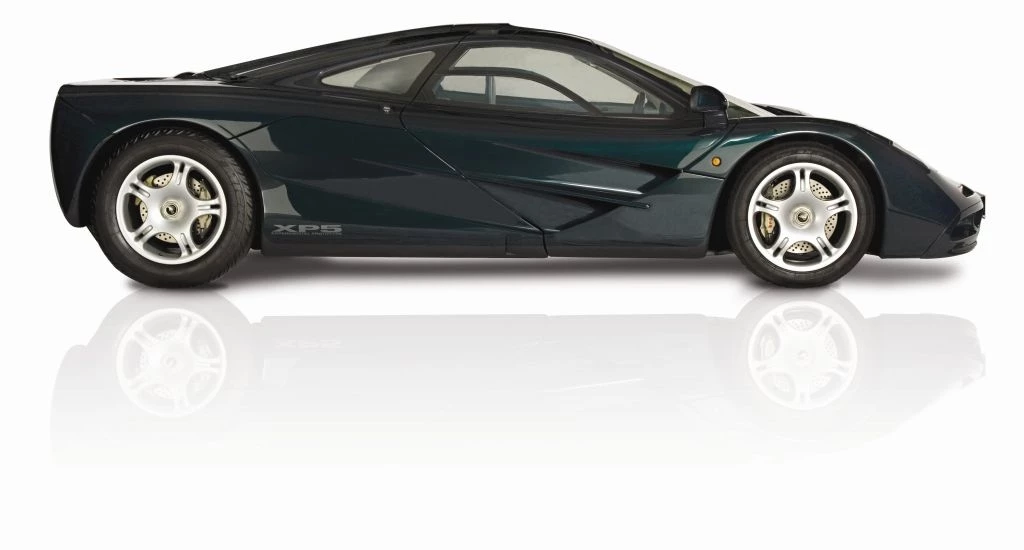
He moved into road car design while at McLaren when he conceived the McLaren F1 supercar and convinced McLaren boss Ron Dennis to produce it.
People marvel at the Bugatti Veyron, but I think it's fair to say that the F1 was further ahead of its time than the Bugatti is today. Release in 1991, it was the fastest (240 mph), finest and most expensive (roughly US$1,000,000) supercar in the world and remained so for over a decade.
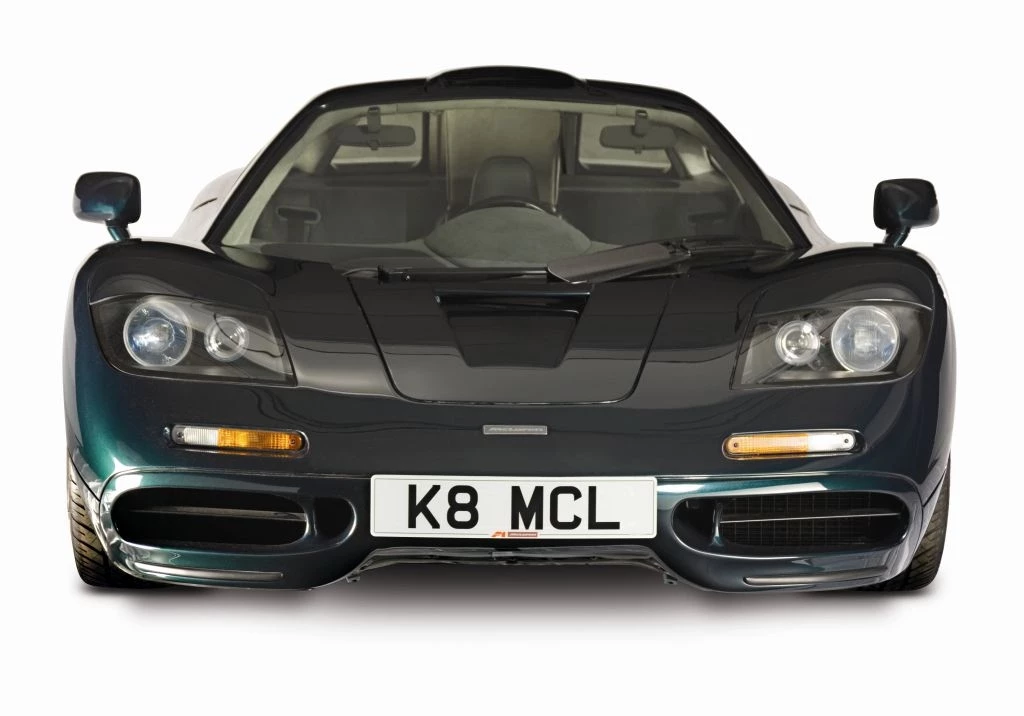
Using carbon fiber, Murray succeeded in building a car that had the strength to handle its normally-aspirated 628 bhp engine, but refined aerodynamics and an astounding weight of just 1,140 kg (2,513 lb).
Remarkably, despite the renaissance of sportscar design over the last few decades, the F1 is still the fastest normally-aspirated car to have ever reached production, twenty years after it was publicly available.
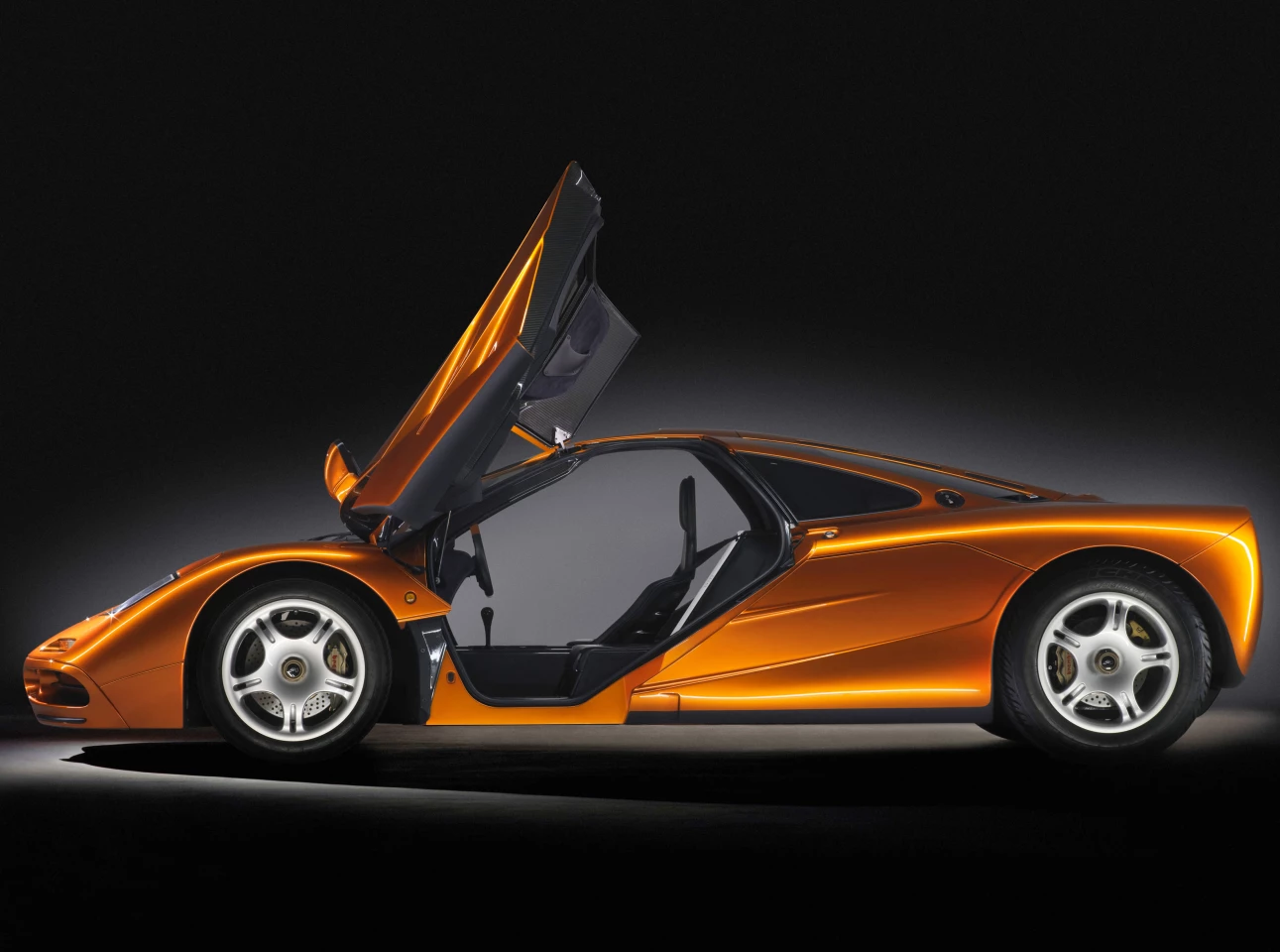
The reason Murray chose a normally aspirated engine for the F1 was the "driveability". Turbo engines produce a lot of power, but it's much harder to control, and he wanted a car that was both fast and easy to drive. Murray learned his craft making cars handle well, and he worked with almost the entire who's who of Formula One. Exquisite handling characteristics have been the hallmark of his design.
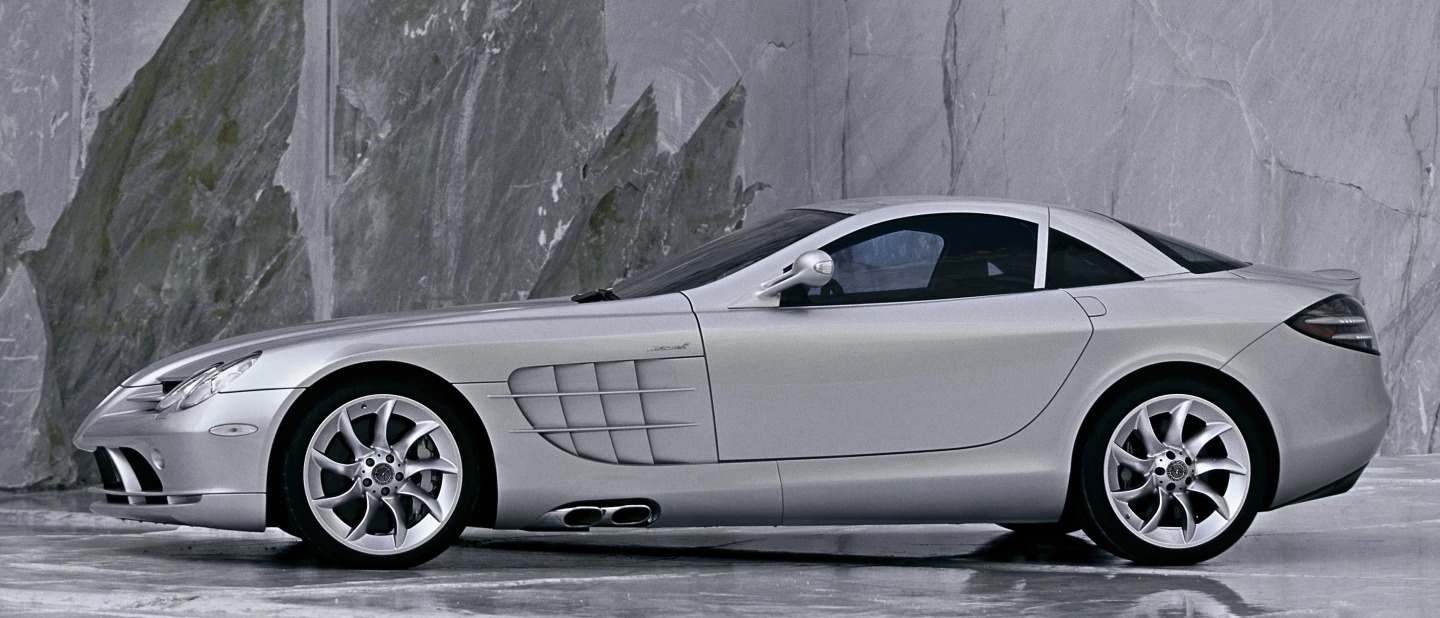
His love for drivers cars was furthered at McLaren, as the F1 was succeeded in production by the Mercedes-Benz SLR McLaren. Murray headed the team which created the supercar.
Murray finally created his own design consultancy just a few short years ago, and the first announced project was the City Car, a project which demonstrates the same genius as his racing and supercars.
The T.25 and T.27 are far more than cars built for the future of our roads. Both cars are designed in holistic fashion with an equally futuristic, compact and everything-efficient production methodology.
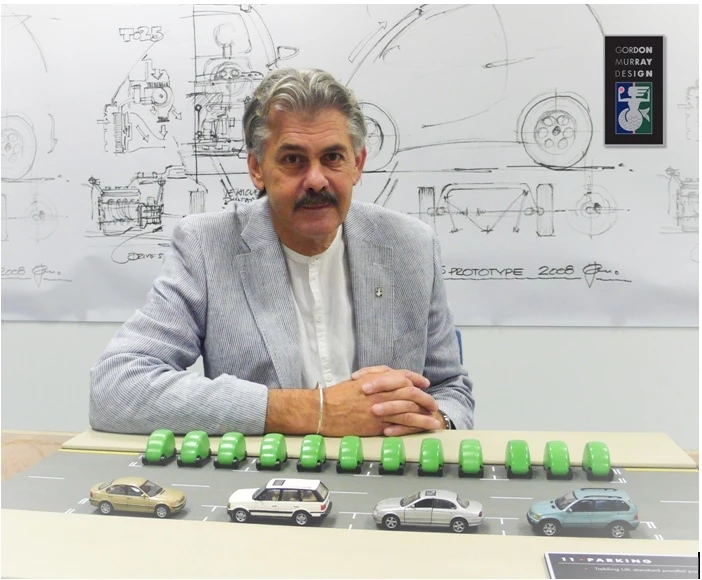

The T.27 city car is electric, so the TEEWAVE AR.1 is not the first Gordon Murray electric vehicle. It is however, the first electric sports car he has been involved with, and given aforementioned sportscar design resume, I was not surprised to find that the specifications of the vehicle remind me of another era when sportscars still had modest power but before safety considerations, they could be very "bare-bones" and light weight - Murray's AR.1 is in many ways a modern manifestation of that design ethos.
British sports cars ruled the world for most of this century. Post WWII, cars such as the Triumph Spitfire, MG Midget, and Austin Healey Sprite offered sports motoring to the masses. This era of lightweight British sports cars cars produced many renowned drivers cars, which although modest in output, could provide the finest of driving pleasure on a winding road.
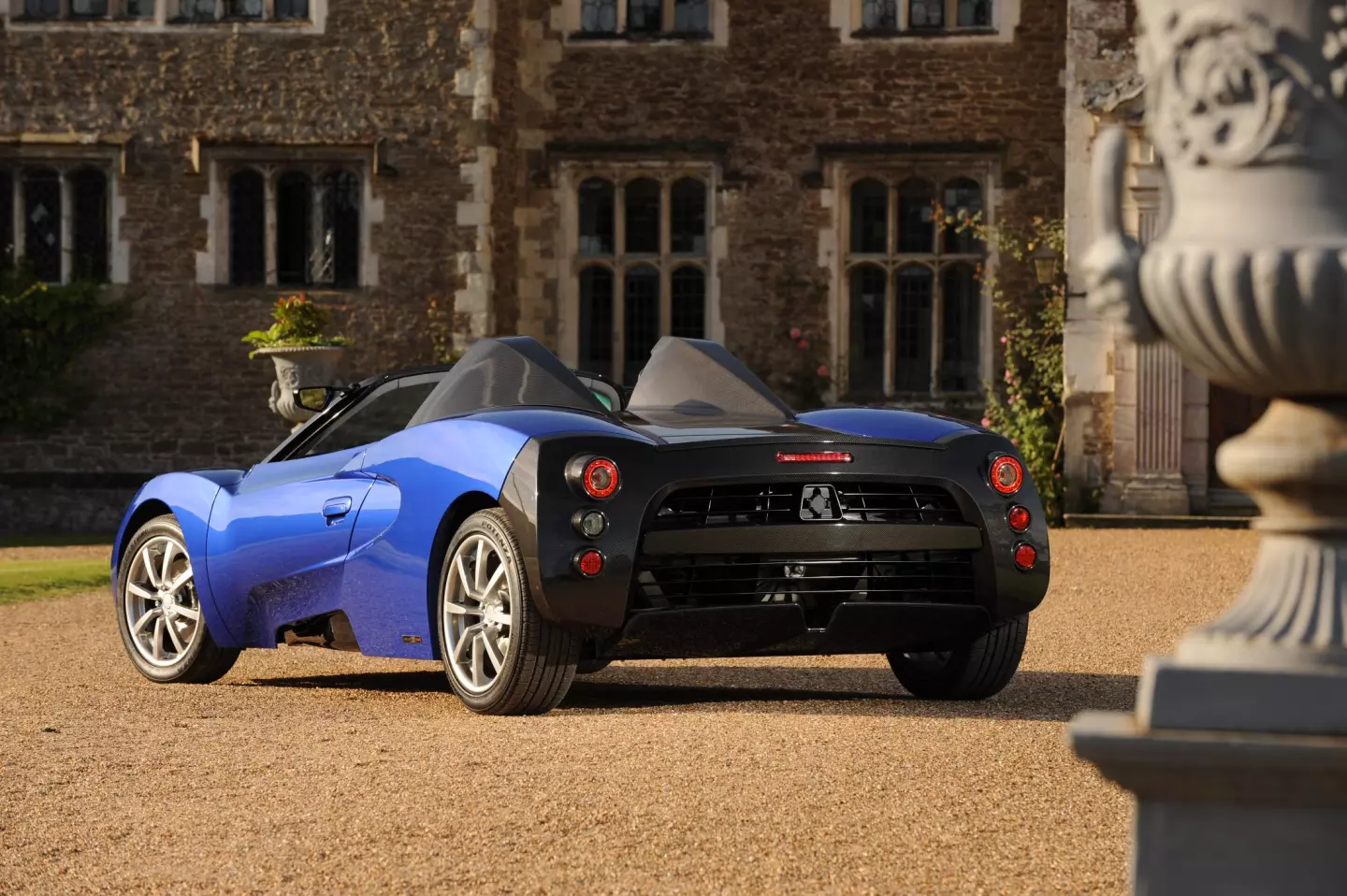
The MG Midget was a rebadged Austin-Healey Sprite MKII. Its four-cylinder 948 cc engine produced 46 bhp at 5500 rpm and had a modest 53 lb ft of torque at 3000rpm. It weighed in at 1525 pounds. It had an 89 mph top speed, a 0-60 mph time of 16.9 seconds and ran the standing ¼-mile in 21.0 sec. Its combined city and country driving fuel consumption was around 30 mpg.
By 1980, the Midget had grown in size to accommodate a larger motor and more power. The 1500 cc MG Midget 1500 weighed 838 kg (1649 lb) and produced 63 bhp (47 kW).
The electric AR.1 weighs 850kg and produces 47kw. It is physically larger with a longer wheelbase than the Midget/Spitfire et al, but has overcome the weight penalties of all those batteries by building an easily replicable, featherweight carbon fiber monocoque.
Heavy cars are big and ponderous. Powerful cars get you into more trouble at much higher speeds. They also guzzle more gas, wear and break things easier, and cost much more to maintain and run and buy.
Less weight stops quicker, accelerates harder for the same horsepower, and changes direction far easier. Tires, brakes, suspension, and handling all benefit from reduced weight.
Given the Midget/Spitfire/Sprite all have similar specifications to the AR.1 - very light weight and around 60-70 bhp - how different could they be? We suspect, a lot!
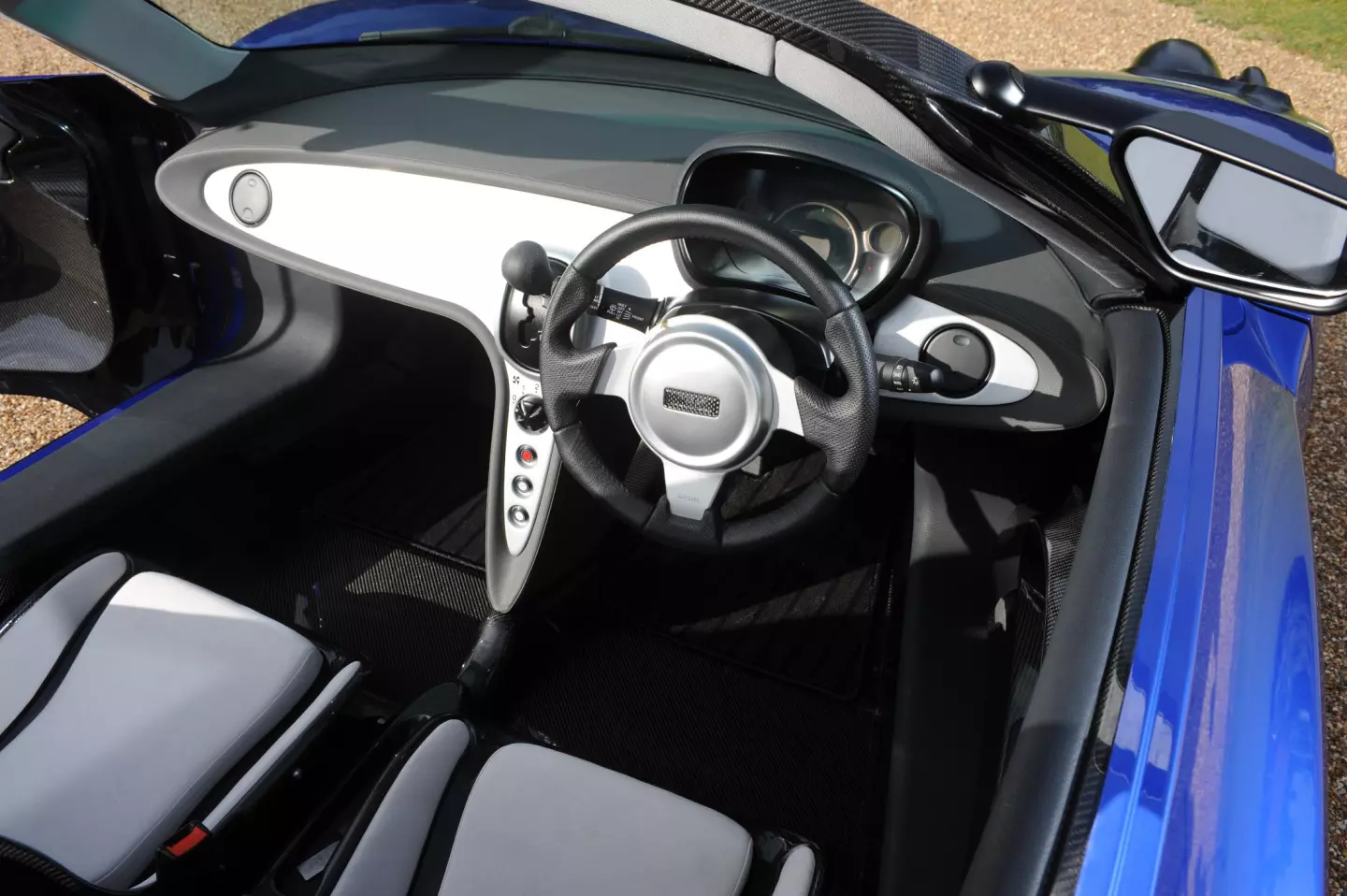
For starters, the power delivery of the MG Midget would be very different to that of the AR.1. The maximum torque of the Midget was 71.9 Nm (53lb ft) at 3000rpm. The AR.1's electric motor offers a flat horsepower curve starting at 180 Nm of torque at 0 rpm and slowly dropping in a linear, highly predictable manner. Roughly two and a half times the torque, but far more useable and with no gear changes to worry about - there are only three driver inputs, being the brake, the throttle and the steering wheel. Simple to drive, and lots of fun.
"Driveability" is one of those things that is hard to define. It's a feeling and cars that have it are more fun to drive than those that don't.
The biggest difference between the cars will be in that driveability aspect. The Sprite/Midget's rack and pinion steering and suspension were derived from the Morris Minor 1000. Its legendary handling derived far more from its light weight than the the utilitarian nature of its mechanicals. In the early 1960s, the Midget's brakes were upgraded from 7 inch (178 mm) drums all round to hydraulic disc brakes at the front. A comparison of the stopping power of the brakes with the AR.1would be illustrative of the march of technological progress. The difference between the precision brakes on the AR.1 and the Midget's heavy agricultural discs would be stark.
The AR.1 has been designed by experts from a new era, and by using extreme lightweight materials to centralize the mass and use the battery bank at the bottom of the car to lower the center of gravity, plus well controlled and modern suspension geometry, the AR.1 will have a considerable edge in roadholding. According to the press release, the AR.1 has "excellent ride and handling balance".
The AR.1 will use its much larger footprint, much wider tires, and much better suspension to go around corners much much faster, with far better feel and control. Coupled with the very predictable rheostat-like throttle-engine relationship of the AR.1's electric engine, you'll be able to feel your way to the limit of adhesion and stay there if you're good enough. If you're not, you'll just go around the corner faster than ever before. If you want to really drive it though, we suspect the AR.1 can legitimately claim to be among the finest handling cars in the world.
But wait, there's still more.
Fifty years ago, at the height of the popularity of the British lightweight sportscar genre, aerodynamics were seen as being related entirely to aeroplanes - no one had thought much about sports car aerodynamics beyond streamlining.
Lotus introduced the concept of manipulating the airflow between the ground and the car to create downforce in the late seventies, and Murray's 1978 Brabham BT46B fan car clearly highlighted what might be possible, focusing the world's best engineers and designers on exploring the science of creating optimum downforce by artificially creating low pressure areas, ever since.
The reason the BT46B was so dominant was that it created a low pressure area below the car (by pumping the air out with a fan) and that by increasing the downforce and hence the grip of the tyres on the road, the car could go around corners faster. Once Lauda worked out how to use the car's increased ability to grip the road under power, he was accelerating over spilt oil on the track - everyone else naturally had to back off to avoid their tyres losing traction. Cars now go around corners a lot faster than they did a few years ago due to the increased grip of the tires from the extra downforce.
Surefootedness for automobiles is now understood to have many components, each with complete sciences behind them, and aerodynamics is now a key technology in keeping a car in meaningful contact with the road. In the sixties, the science was unknown. Now it's mandatory, and the AR.1 is optimized right up to the point of a ground effect diffuser, just like those that revolutionized Formula One racing not long ago. Put simply, the Sprite/Midget/Spitfire are not similarly optimised. Any aerodynamic advantages of the cars of that era are purely coincidental.
The reason Murray was commissioned to design and build the AR.1 was to demonstrate the wares of Toray, which produces a lot of the advanced materials used in the construction of modern cars. Among the company's multitudinous advanced materials and technologies is a carbon fiber manufacturing process which enables a part, such as the AR.1's carbon fiber monocoque, to be manufactured in ten minutes. The same process can just as easily yield the shell of any type of car.
The advantages of manufacturing a car this way are many. Firstly, the shell is light and strong. Light enough to be 150 pounds lighter than a mini. As every angle and stress and load can be calculated using computers, the entirely carbon monocoque (and crash structure and body panels) have been engineered to pass a full vehicle Euro Ncap O.D.B test. Quasi-static bend and torsion analysis was also conducted. A correlation process was conducted on the front crash structure for both half energy and full energy using physical tests. This car is several orders of magnitude safer to drive than the MG Midget or Triumph Spitfire ever were.
The power train in the vehicle comes directly from commercially-available electric vehicle (they don't say which one, but that's not important), but the unique electrical architecture, software and control units were developed at Gordon Murray Design.
All told, we don't know what the chances are of this car ever reaching production, but it would certainly be the ideal sportcar of the modern era.
You don't need a lot of horsepower to have a lot of fun and this car proves it.































